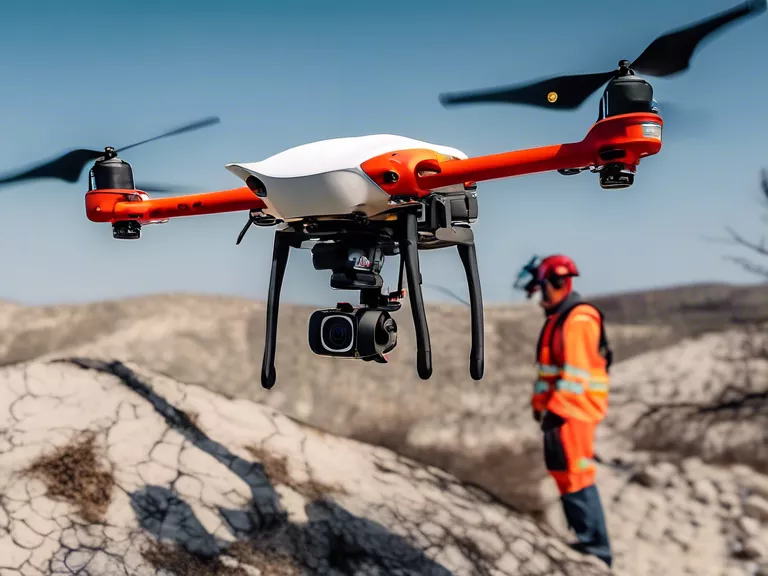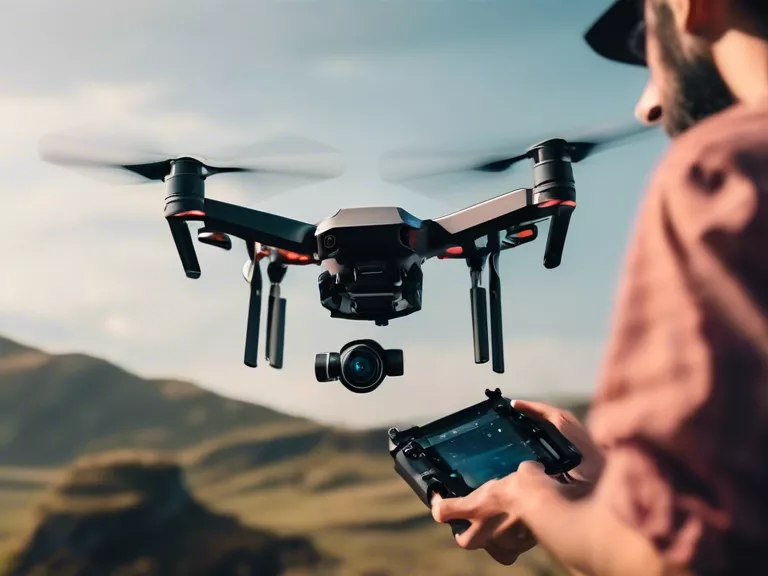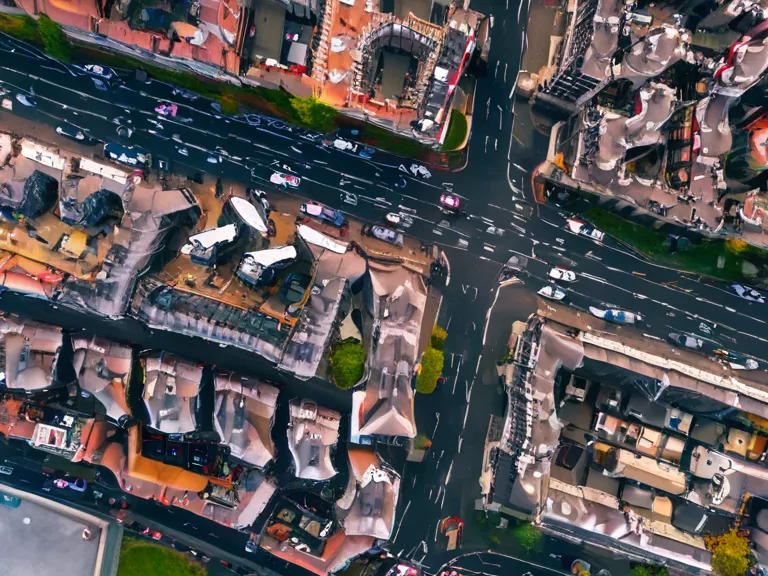
Drones have revolutionized search and rescue missions by significantly reducing response times and improving the efficiency of operations. These unmanned aerial vehicles are able to cover large areas quickly, provide real-time footage of hard-to-reach locations, and deliver essential supplies to those in need. With their ability to navigate challenging terrains and deliver accurate data to rescue teams, drones are truly advancing the effectiveness of search and rescue efforts.
One of the key advantages of using drones in search and rescue missions is their speed. Drones are able to cover vast areas in a fraction of the time it would take ground teams to do so. This rapid response time can mean the difference between life and death in emergency situations where time is of the essence. By deploying drones, rescuers are able to quickly identify the location of a person in distress and provide assistance promptly.
Moreover, drones are equipped with high-resolution cameras that can capture detailed images and videos of the surrounding area. This aerial footage can be vital in locating missing individuals or assessing the extent of a natural disaster. By transmitting real-time data to rescue teams, drones enable them to make informed decisions and allocate resources more effectively.
In addition to their surveillance capabilities, drones can also be used to deliver essential supplies, such as food, water, and medical supplies, to inaccessible areas. This feature is particularly useful in situations where traditional methods of transportation are hindered by rough terrain or adverse weather conditions. Drones can reach remote locations quickly and safely, delivering life-saving provisions to those in need.
Overall, drones are playing a crucial role in advancing search and rescue missions by enhancing response times, improving situational awareness, and facilitating the delivery of aid. As technology continues to evolve, we can expect drones to become even more integral in the field of search and rescue, ultimately saving more lives in times of crisis.



